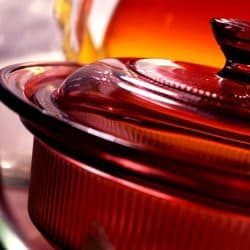So you've whipped yourself up a fancy and tasty souffle, but it doesn't look as fluffy as you expected. Is it the recipe or the baking process that caused it to deflate? We've got the answers fresh from the oven of expert bakers and professionals.
To prevent souffle from deflating, avoid overbaking your mixture. Souffles deflate because the hot air dissipates immediately after you take them out of the oven.
Alternatively, change the recipe by adding stabilizers or adjusting the egg yolks and whites ratio.
Curious? We're expounding the information we just laid out in the answer. Keep reading to learn more tips and tricks tested and proven to give you the best souffle you've ever made. Let's dive in!
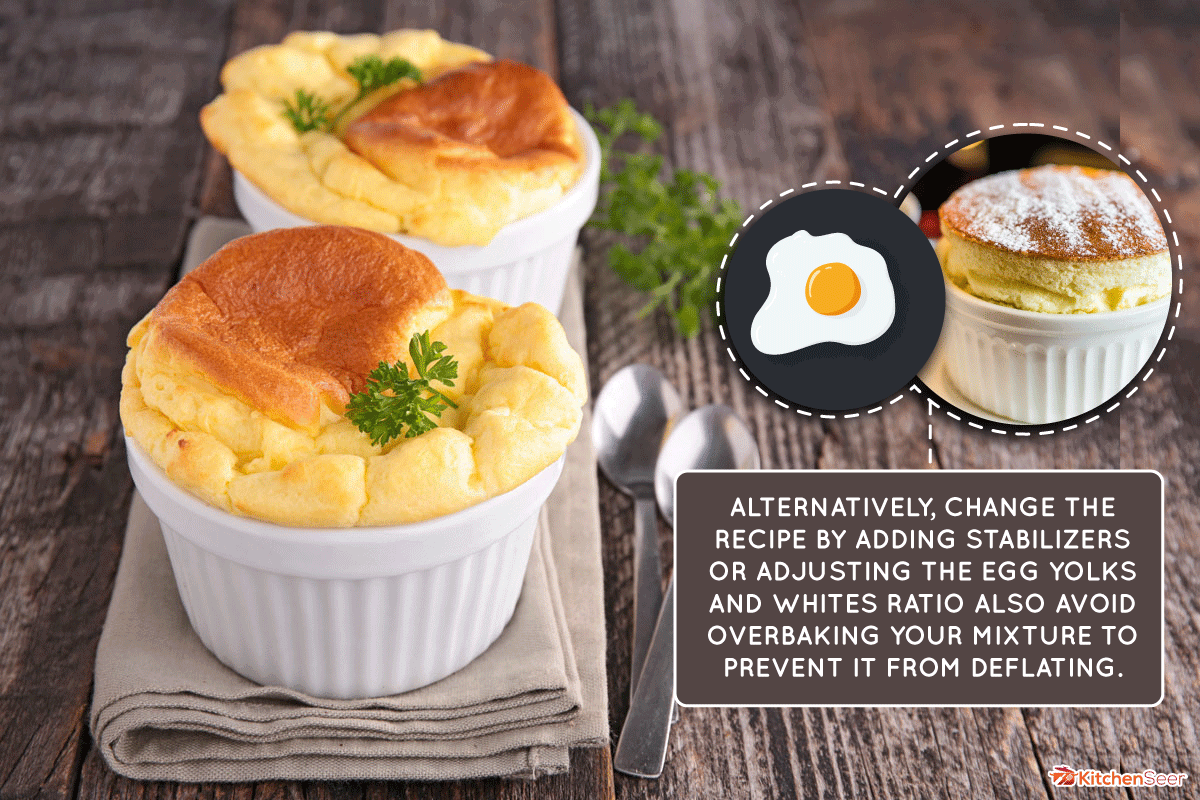
The Secrets To Keeping Your Souffle Fluffy
A perfectly baked souffle is when it has risen just about two inches from the rim of the baking tray. There are many ways to ensure your souffle will come out fluffy after baking.
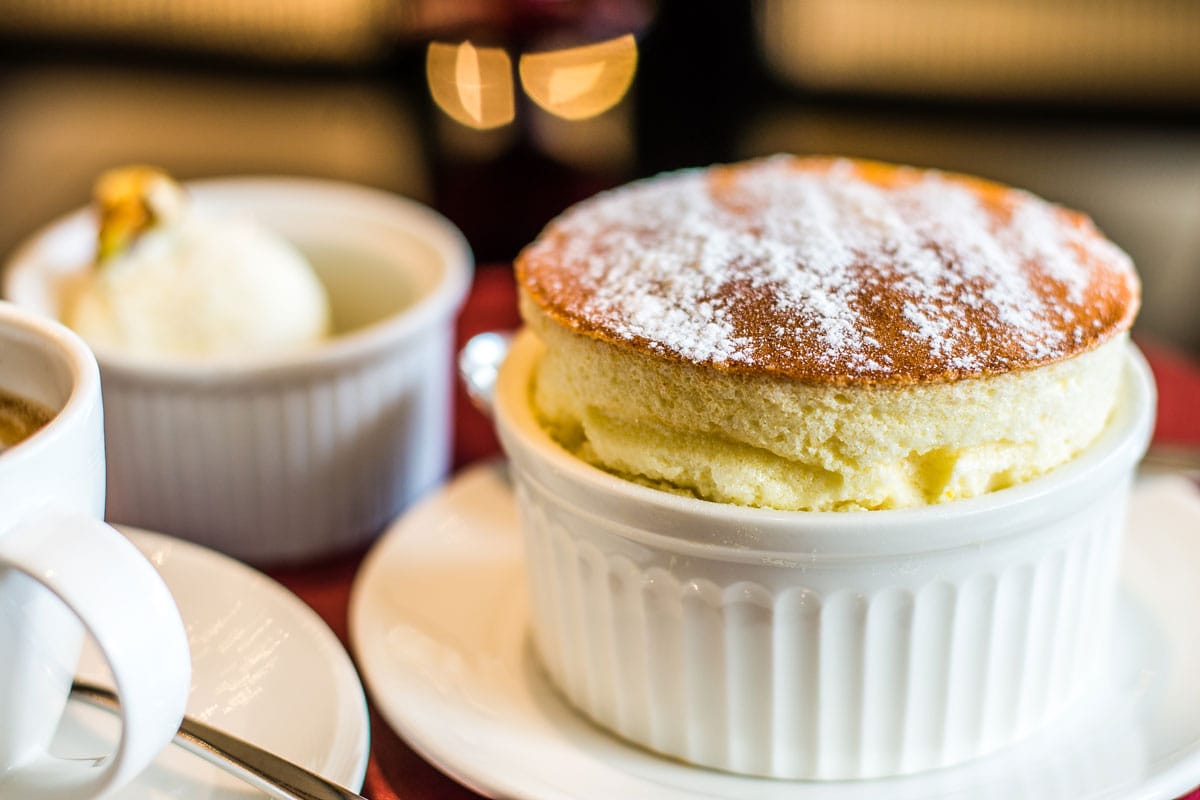
One fool-proof way is by not prolonging the serving time after baking it.
So, always serve your souffle as soon as it's done baking. The souffle mixture traps hot air as it bakes and dries out as the hot air escapes once you take it out of the oven.
You can also whip up a few tricks while preparing the mixture. Here are some quick tips you can try and see which one works best for you.
Under-Folding
While preparing the mixture, you incorporate air as you whip and fold it. So, Good Housekeeping Institute Cookery School's head tutor Cher Loh recommends under-folding during this process.
It helps reduce air bubbles in the base mixture, which could also block out more passageways for hot air to enter. Additionally, Loh also suggests using a preheated baking sheet.
Add Stabilizers
Stabilizers, as the name suggests, help ensure the structure of the meringue-based pastry is stable during baking. Additionally, stabilizers also make sure the pastry develops gluten.
One popular choice of souffle stabilizer is xanthan gum. However, xanthan gum can be challenging, as it is not readily available anywhere.
One good alternative to xantham gum would be a cream of tartar. It's cheaper and is widely available in most supermarkets or specialty baking shops. Cream of tartar is also commonly used to add volume to egg white mixtures.
Adjust The Egg Yolk To White Ratio
One possible reason your souffle came out flat could be a problem with the recipe. Since the souffle mixture is made using separate egg yolks and egg whites, ensure you separate both components properly before beating.
There are various ways to do it perfectly, such as using a water bottle or buying a dedicated egg whites separator.
Next, check the recipe you are following. You might have overdone either the egg white or the custard mixture. If you think that's the culprit, try remaking the recipe and following the proper ratio.
Check out this egg-white separator on Amazon.
Prepare The Baking Dish And The Oven
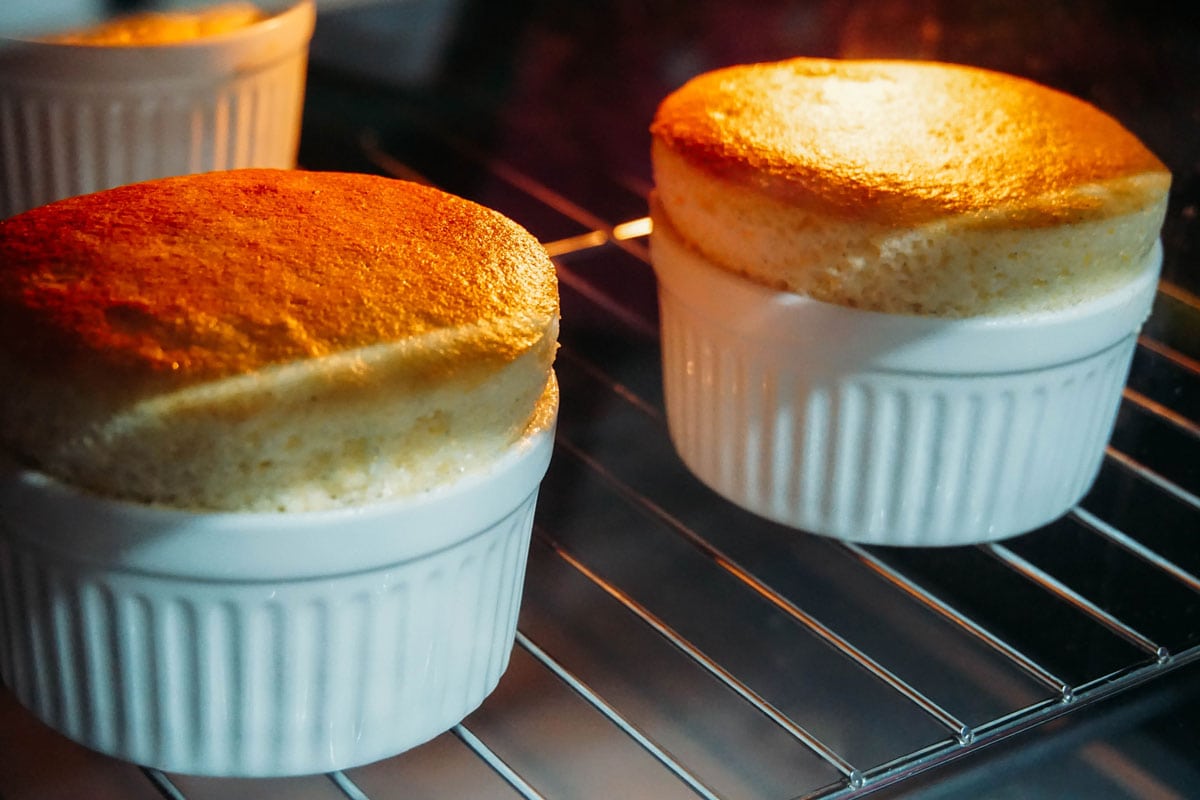
Believe it or not, how you prep the tools and equipment for baking could also affect the pastry quality. Especially with a dessert as delicate as souffle, everything has to be well-prepped and calculated.
It would be best if you brushed softened butter up the side of a straight-sided baking dish in an upward motion to prepare your baking dish for the perfect souffle rise.
Make sure to brush the butter up to two-thirds of the surface. Afterward, tap the dish on the counter to eliminate air bubbles.
As for the oven, do not slam the oven door shut. Always refrain from opening it halfway through the baking process to take a look at the souffle.
Should Souffle Be Runny In The Middle?
Yes! The best souffle is the one that is runny and creamy in the middle. To check, you may lightly tap the baking dish on the counter and see if it wobbles. If it doesn't, that means it's still not ready.
Put it back in the oven to bake again for a few minutes.
Can You Prepare Souffle In Advance?
You can prepare your souffle in advance, and there's no need to change up the recipe you're following. It helps you save time if you're making a big batch or have a big day ahead.
To prepare your souffle in advance, pour the mixture into the molds or your baking cups, cover it with plastic (cling wrap is ideal), then refrigerate.
A refrigerated souffle mixture can stay in the fridge for up to 24 hours before baking. You can also prolong the life span of the souffle mix for up to 7 days when frozen.
Can You Serve Souffle Cold?
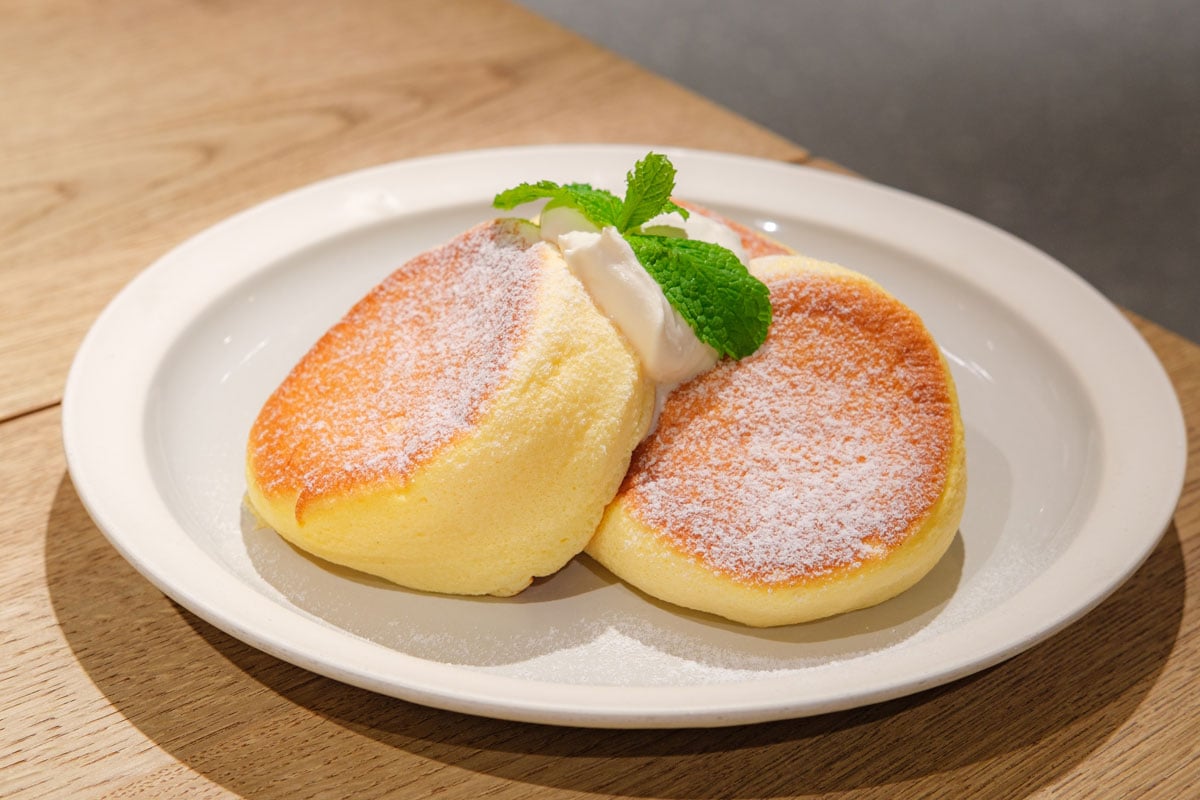
Souffle can be served hot or cold. You can spruce it up by adding a few toppings, filling, and more. You can be assured that your souffle can still taste good even when it's not fresh out of the oven.
There are no rules about how one should serve a souffle, making it an excellently versatile dish.
Should Souffle Eggs Be At Room Temperature?
Eggs for use in souffle should be at room temperature before use. Otherwise, separating the egg whites from the yolks will be challenging.
Egg whites at room temperature are also easier to beat into peaks for the meringue. You spend less time beating them if you're using a manual whisk, reducing the chance of overfolding.
How Deep Are Souffle Dish?
Dimensions of four inches broad and two inches deep are the ideal size for a souffle dish, also called a ramekin. The dish creates the perfect size for a souffle that's enough for one person.
Although, of course, you can still choose a different size. Have things your way by whipping up the souffle of your dreams.
Check out these ramekins on Amazon.
Is Cream Of Tartar Necessary For Souffle?
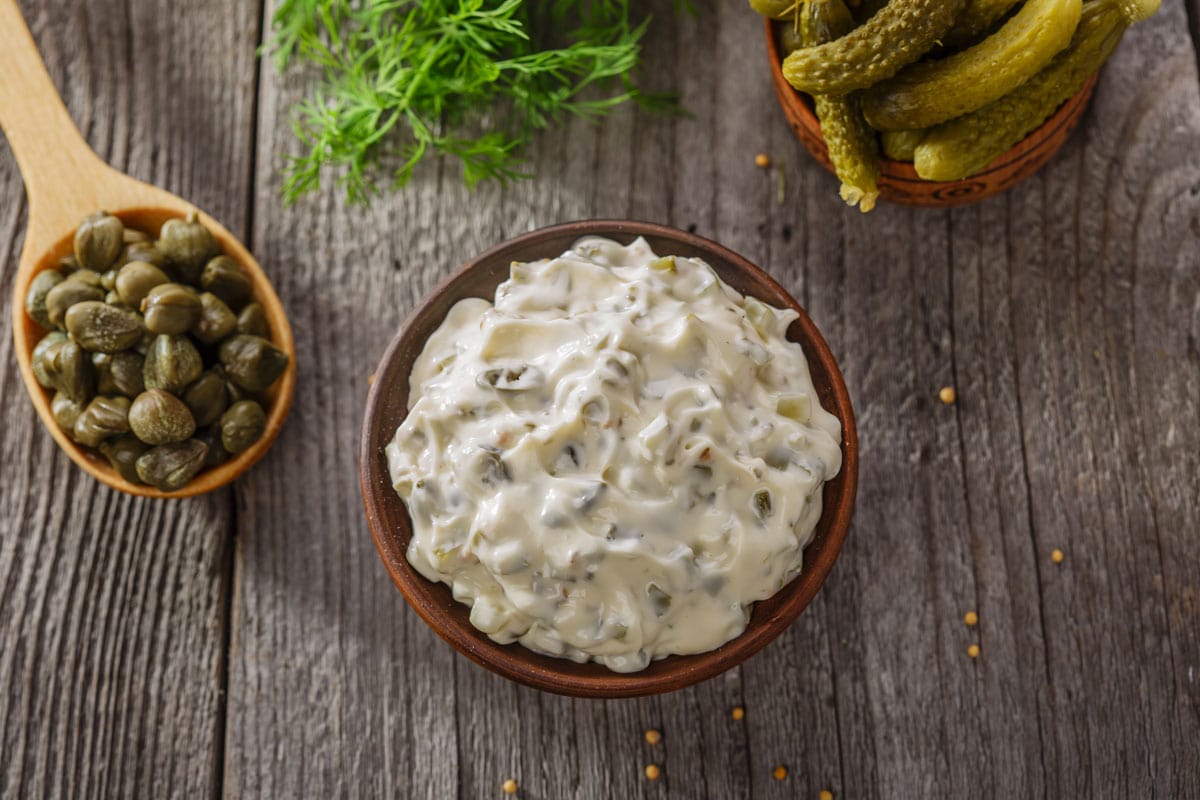
Using cream of tartar is not necessary for making souffle. However, such is essential to ensuring your souffle does not fall flat after baking.
Add it when you can't find xanthan gum or any other stabilizer anywhere. Furthermore, cream of tartar can also be a good remedy if you overbeat the egg whites.
Can You Make Souffle In Pyrex Dishes?
If you don't have any ramekins sitting around your pantry, you can surely use heat-resistant or oven-proof dishes such as Pyrex for baking souffle.
Metal dishes such as stainless steel, aluminum, and cast iron could also work if you don't own any Pyrex or similar products. Ideally, you can use anything so long as it's oven-safe and is sized about the average souffle serving.
Don't worry about the shape, though, as there are no limitations on how a souffle should look. You may even use molds with shapes such as hearts or stars for a more adorable look.
Should You Grease A Souffle Dish Or Ramekin?
Ideally, grease the souffle dish you use for baking to ensure the final product is easy to remove from the container. First, grease the entire dish, then sprinkle the bottom and sides with fine breadcrumbs or grated cheese.
It gives the rising souffle something to hold onto, not only butter at the bottom of the dish as it rises majestically.
Our Final Words
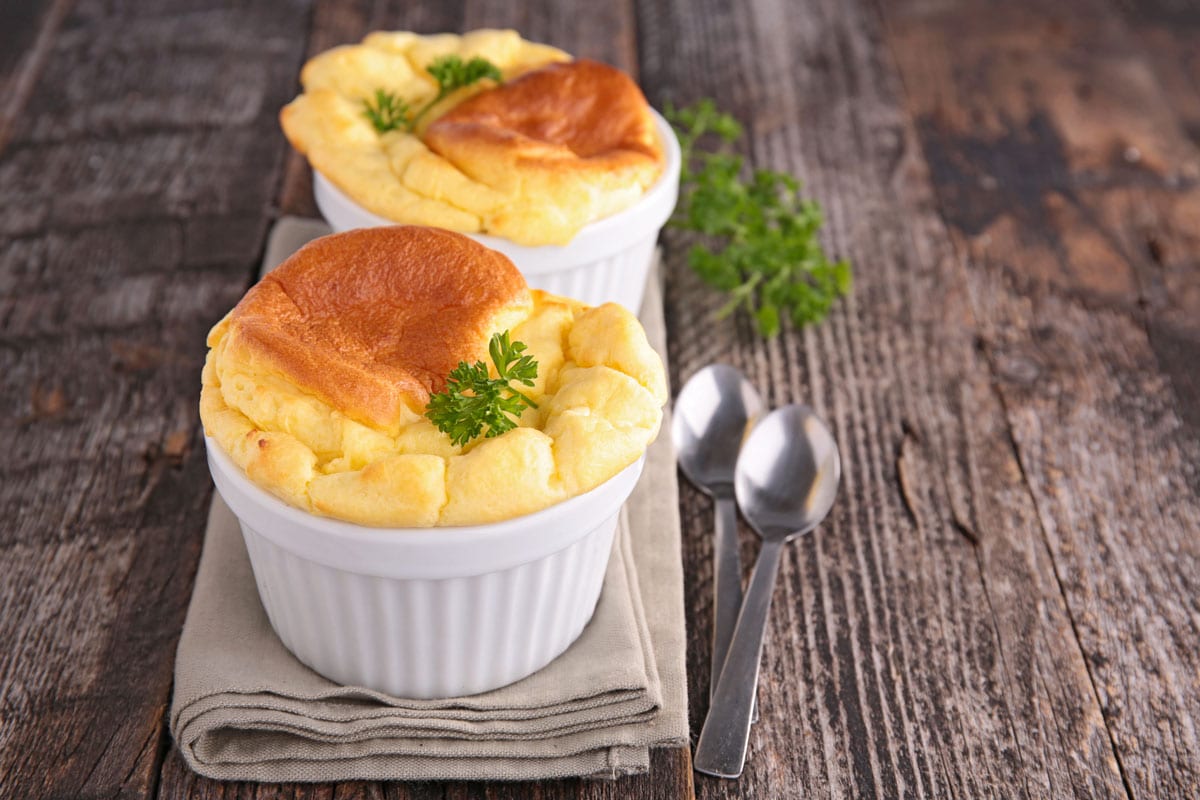
A deflated souffle can be due to various causes, but that shouldn't set you back from making them yourself. After all, practice makes perfect!
Should you fall into the unfortunate hands of a flat souffle, read this article to help you make the fluffiest souffle in town.
Made it to the end? Check out these helpful related posts below!
How Long Is Homemade Cheesecake Good For?
Top Or Bottom Heat For Baking? [Cake, Cookies, Bread, And More!]
Can Ramekins Be Used For Steaming?






![Close up of hands pouring egg into the bowl of mixer while preparing chocolate cake with poached pears for the holidays, Can You Beat Eggs In A Food Processor? [Here's How To]](https://kitchenseer.com/wp-content/uploads/2021/08/Close-up-of-hands-pouring-egg-into-the-bowl-of-mixer-while-preparing-chocolate-cake-with-poached-pears-for-the-holidays-250x250.jpg)

